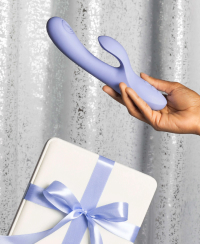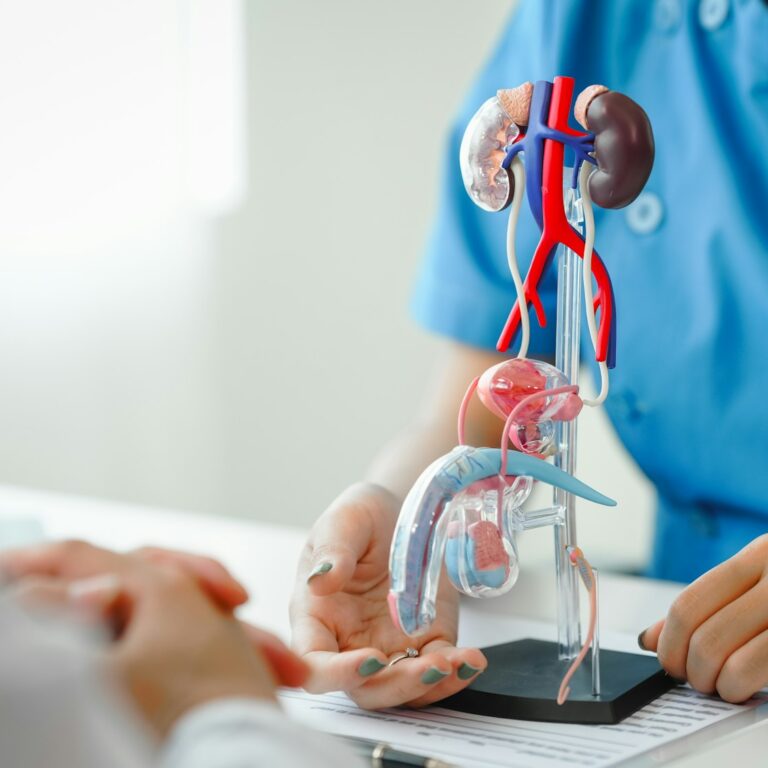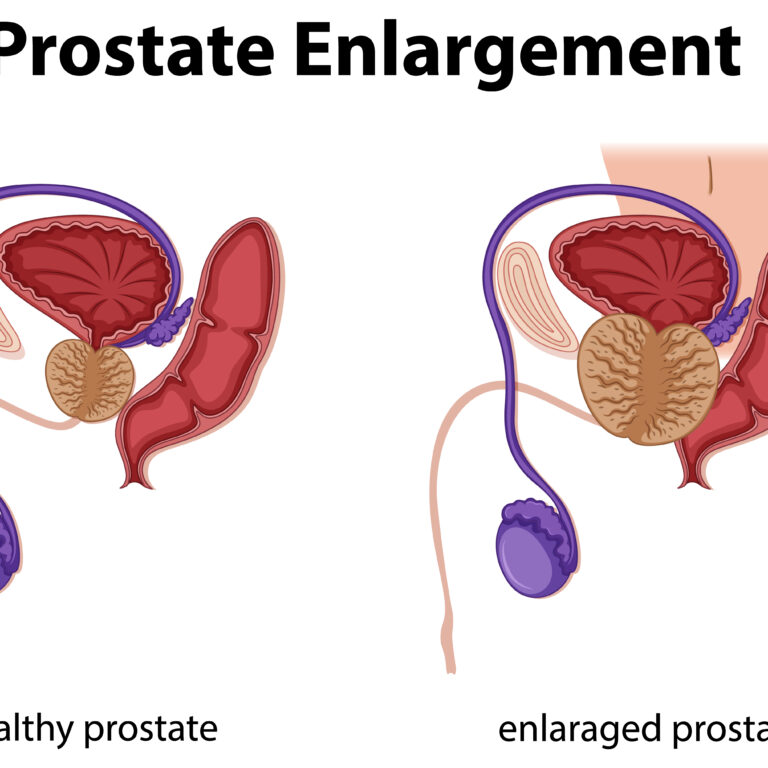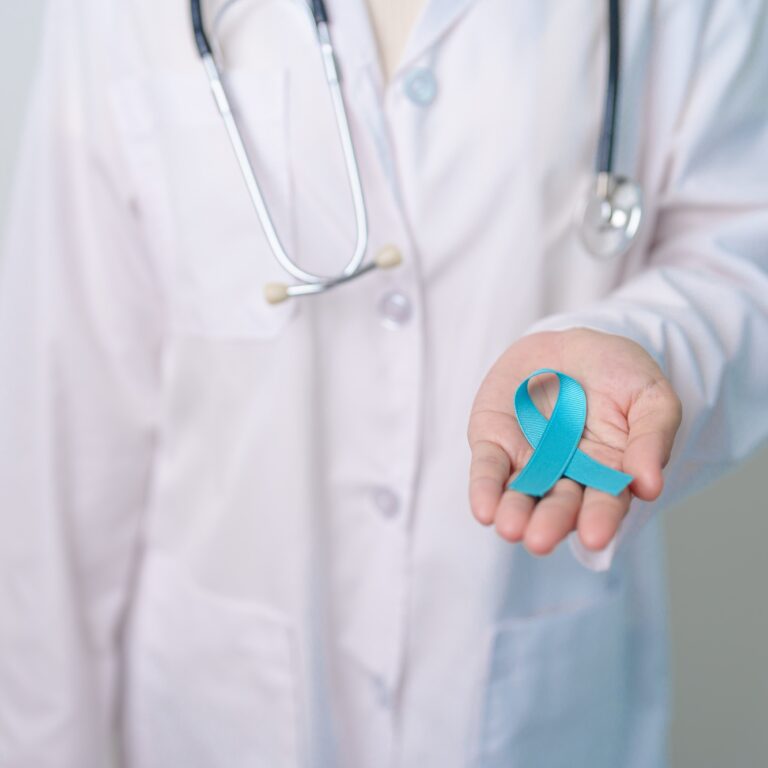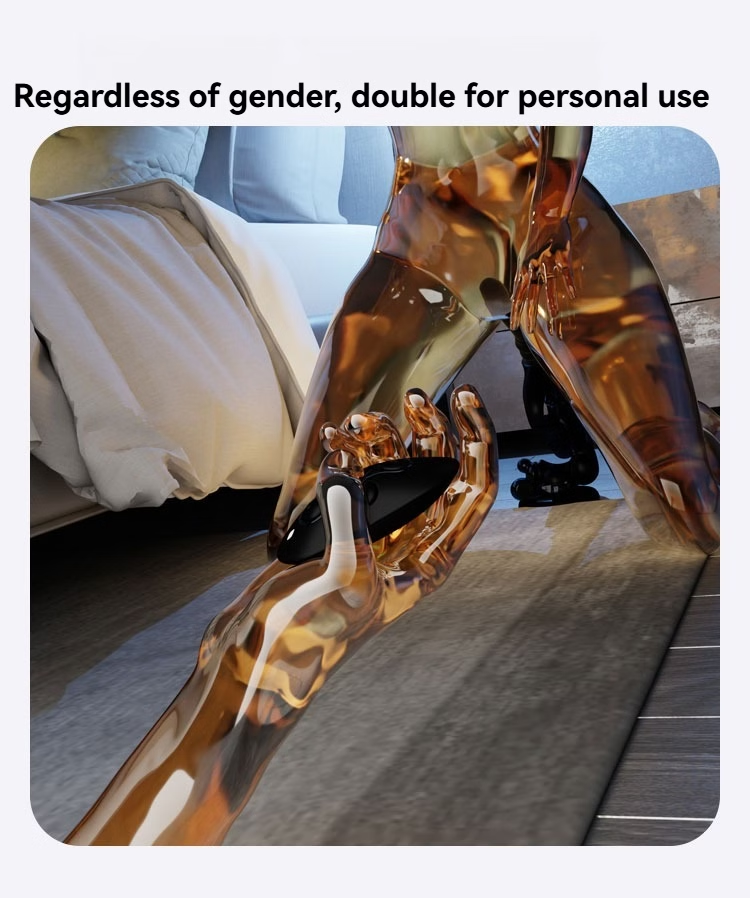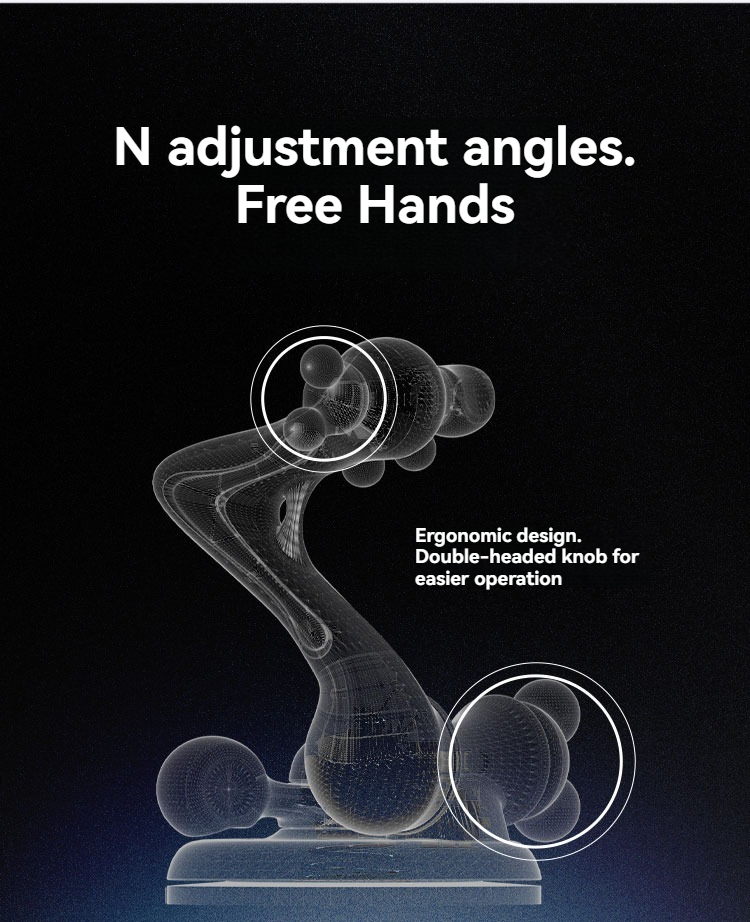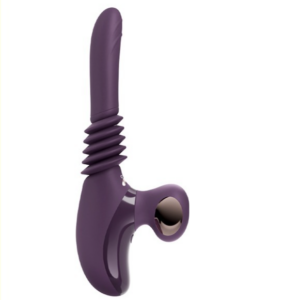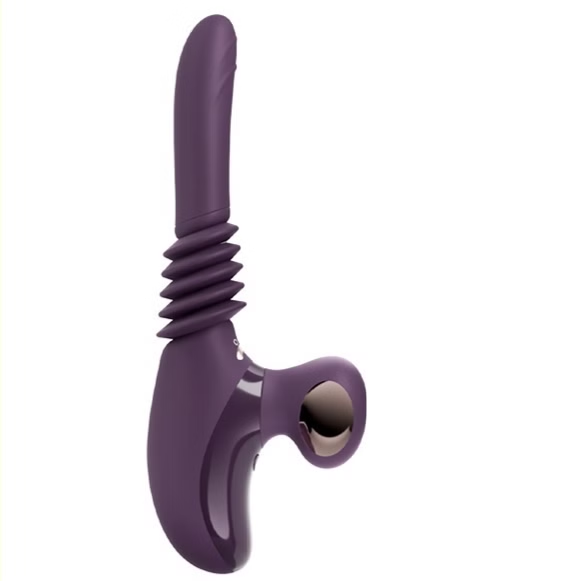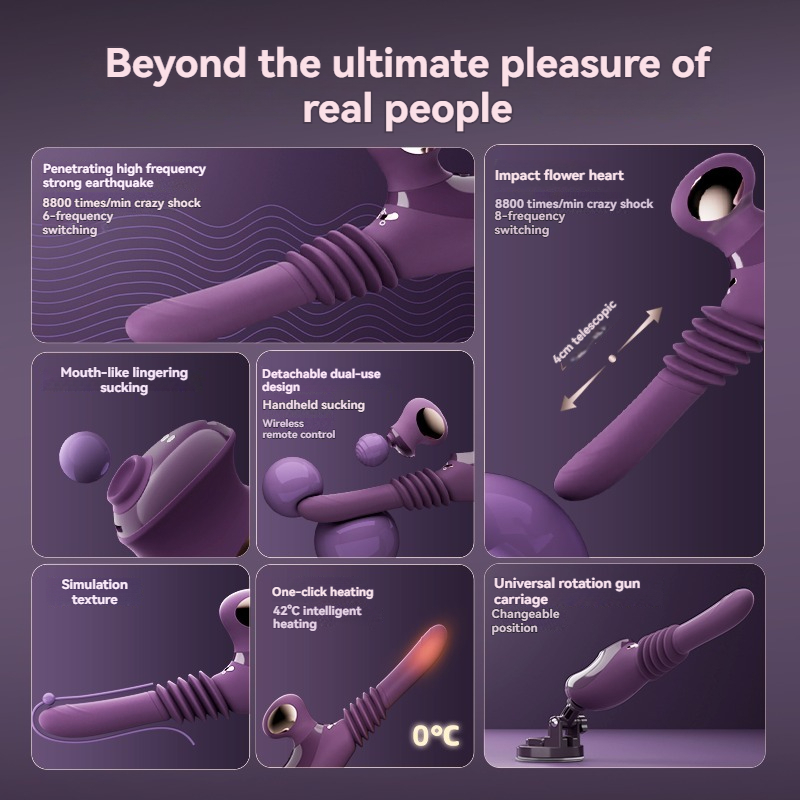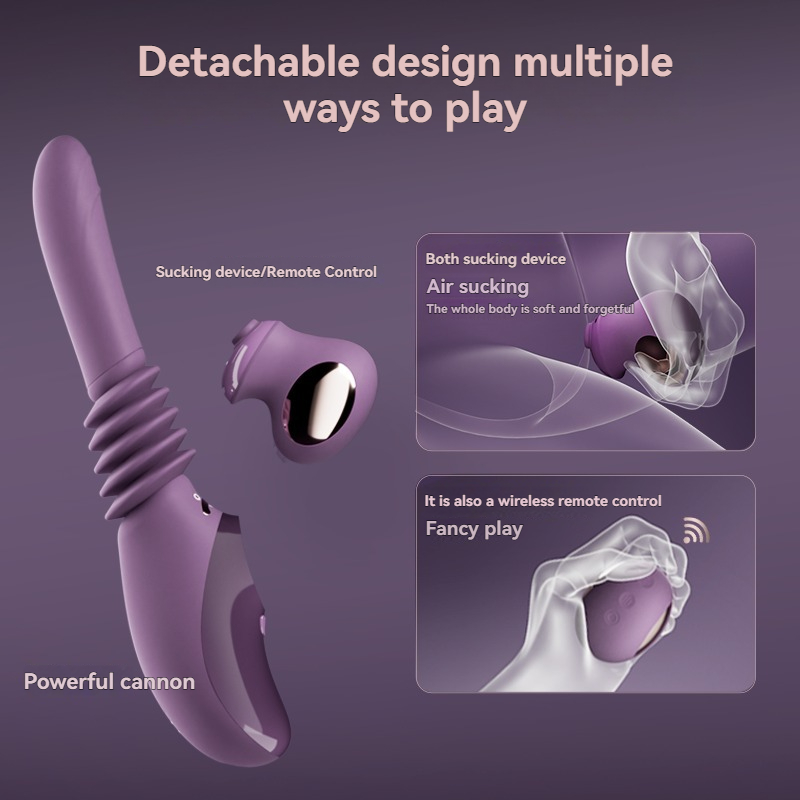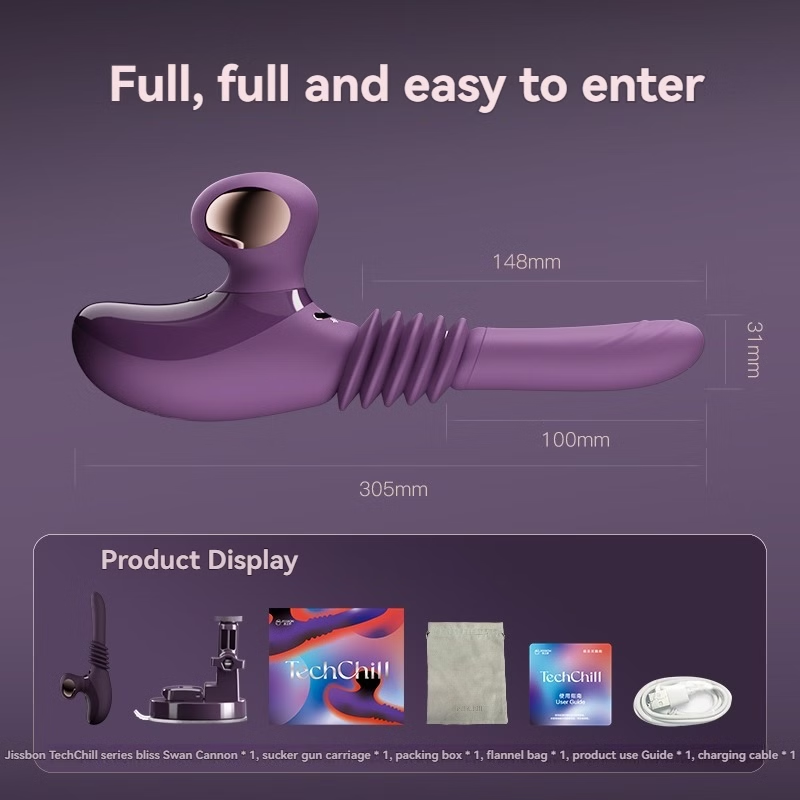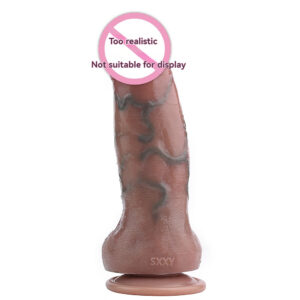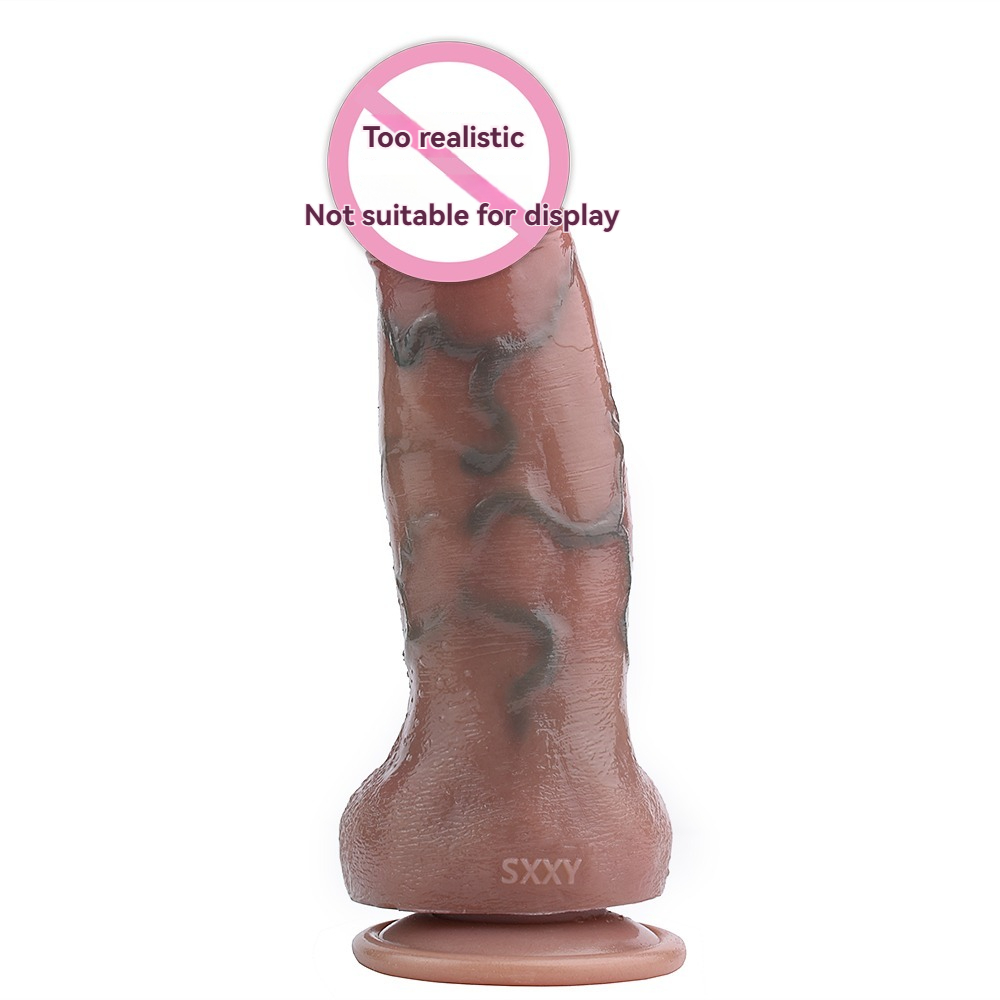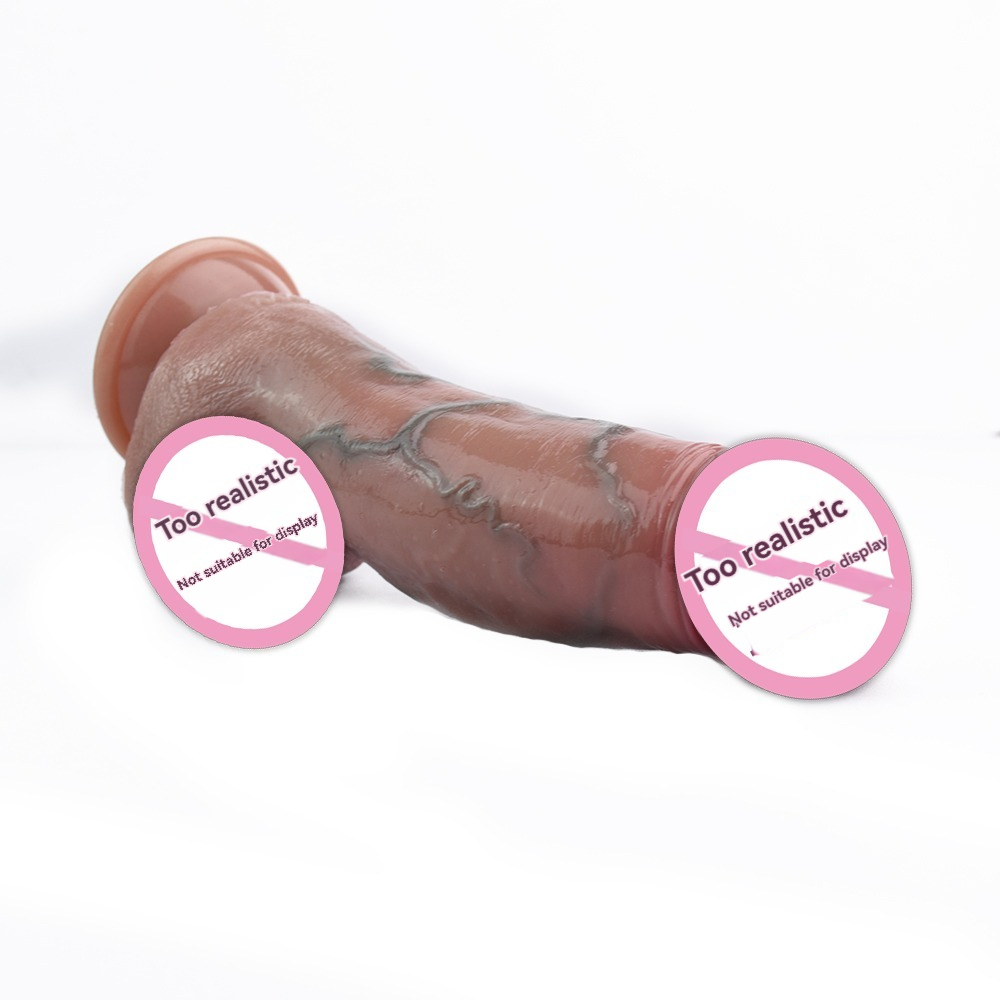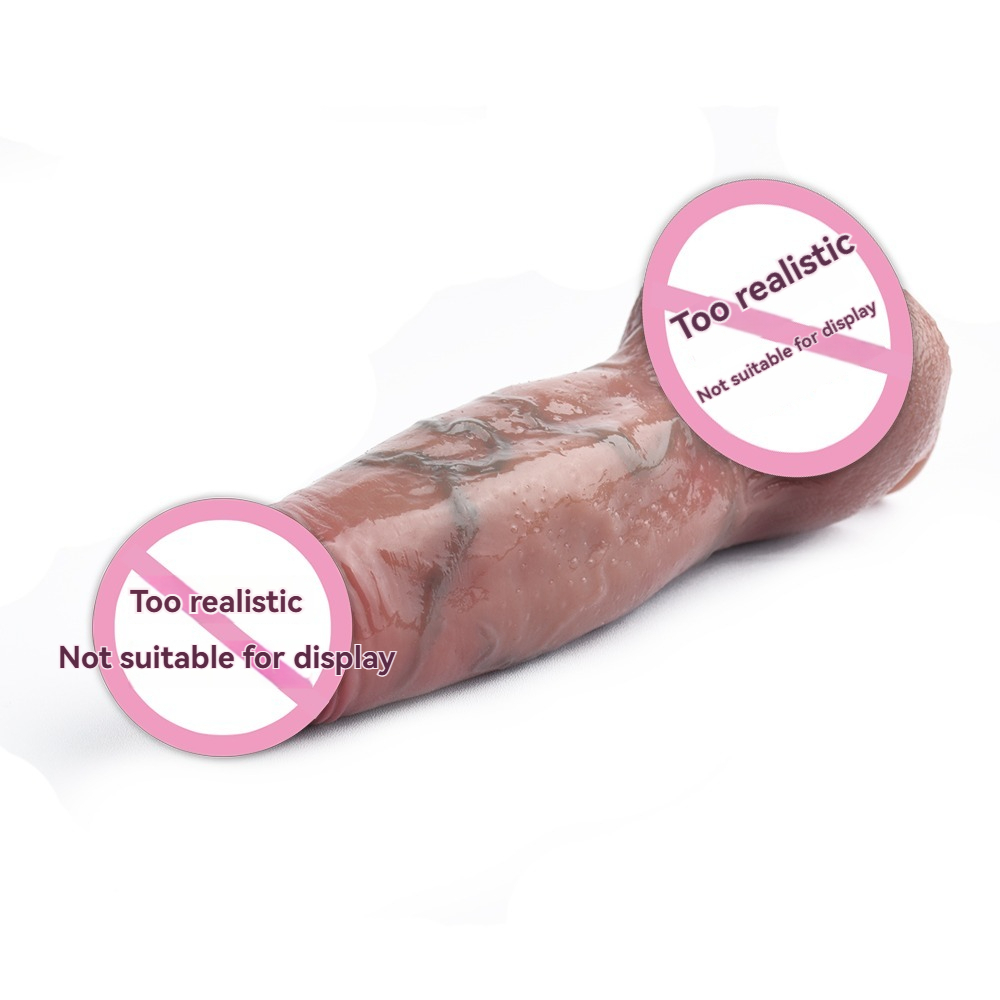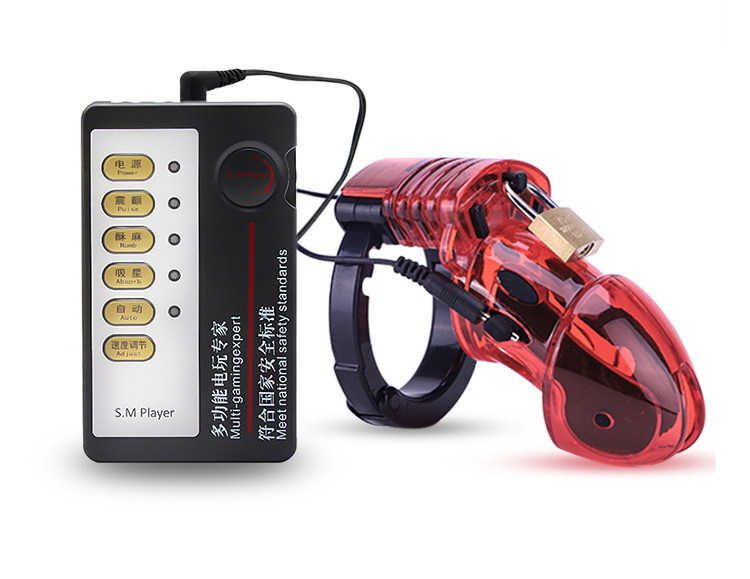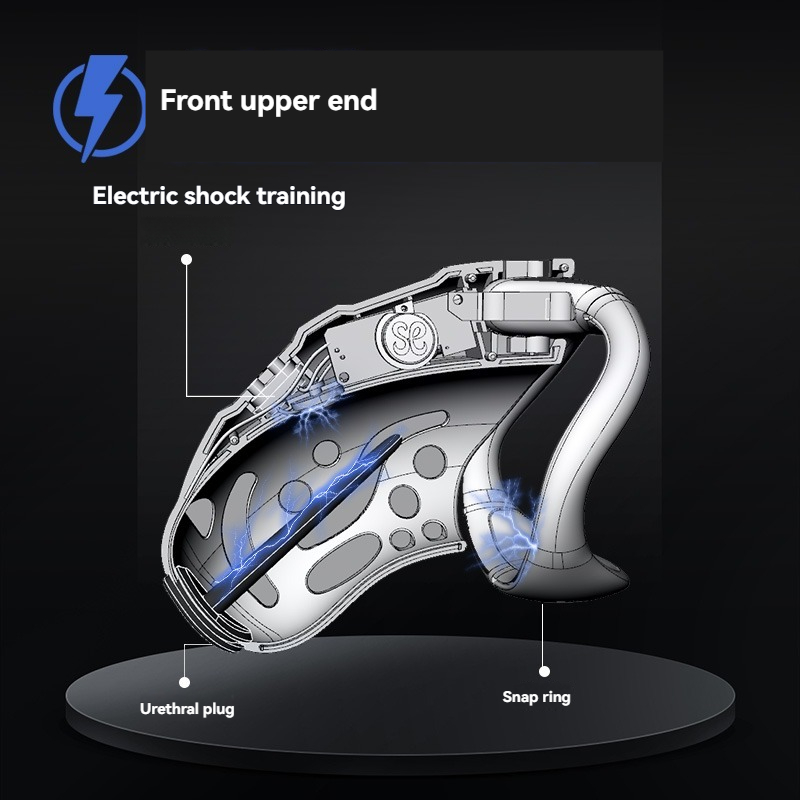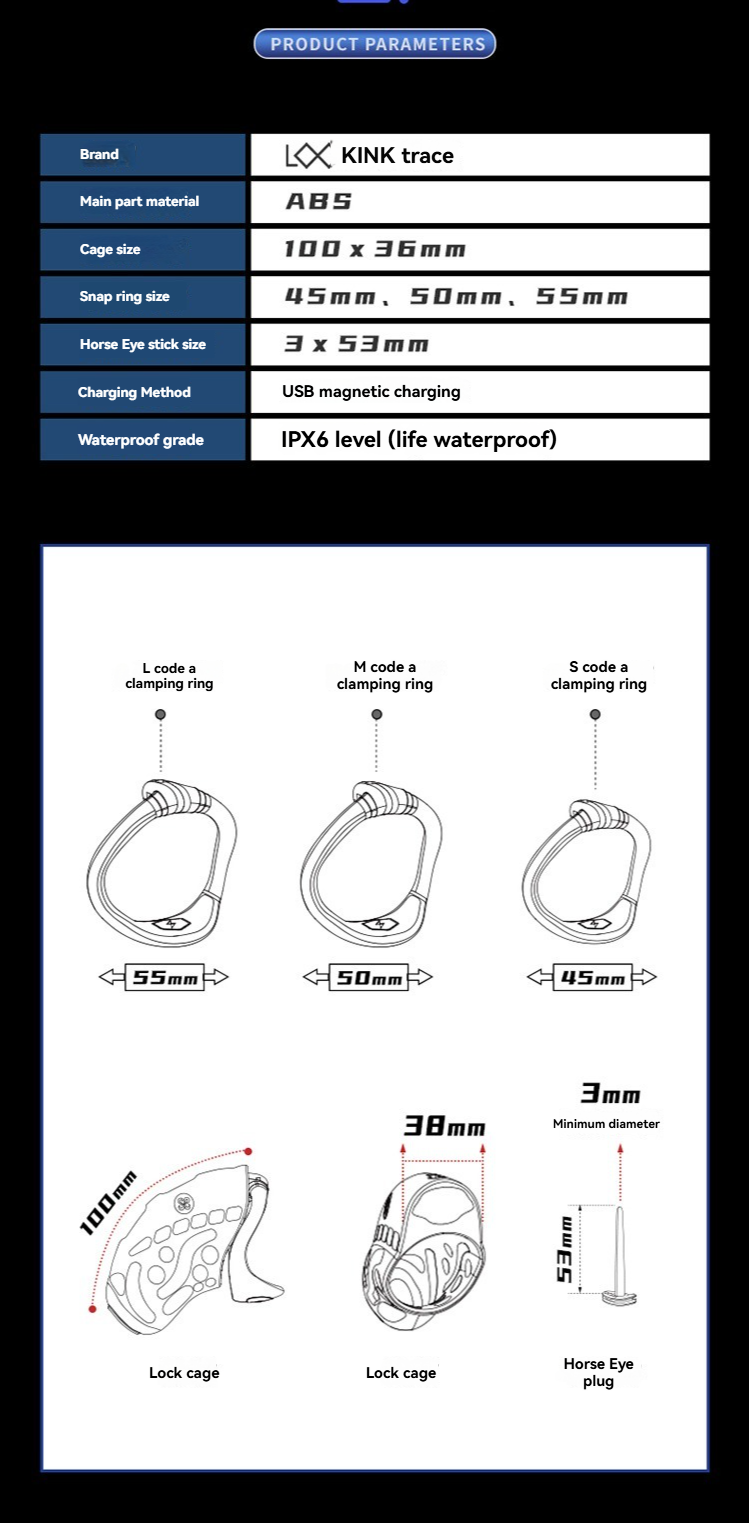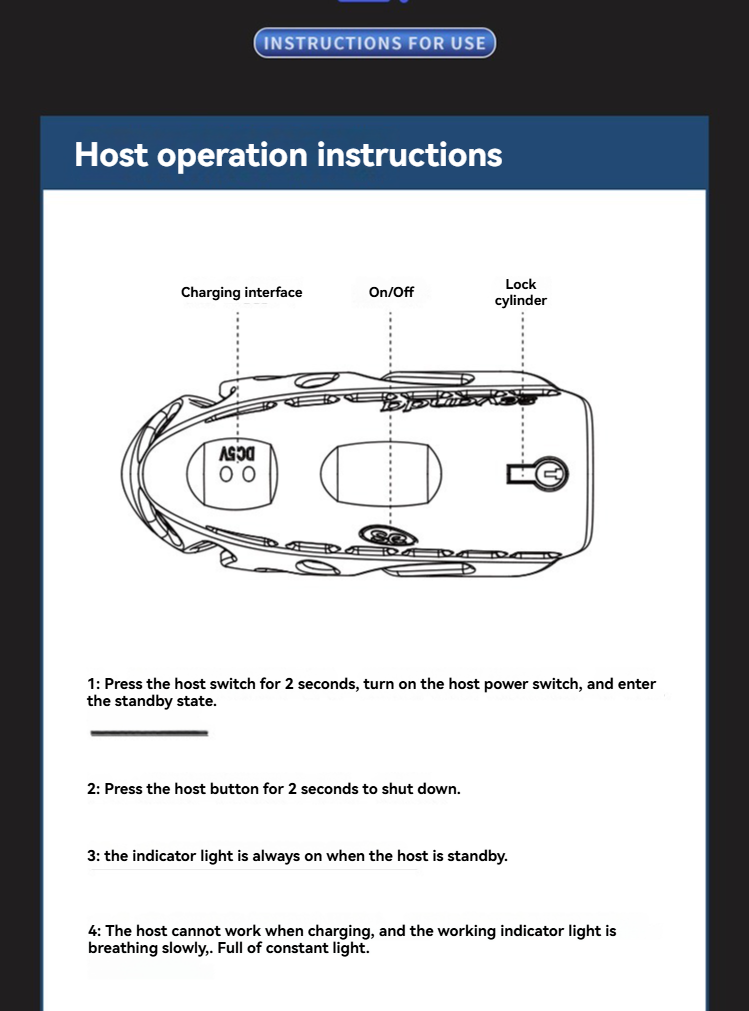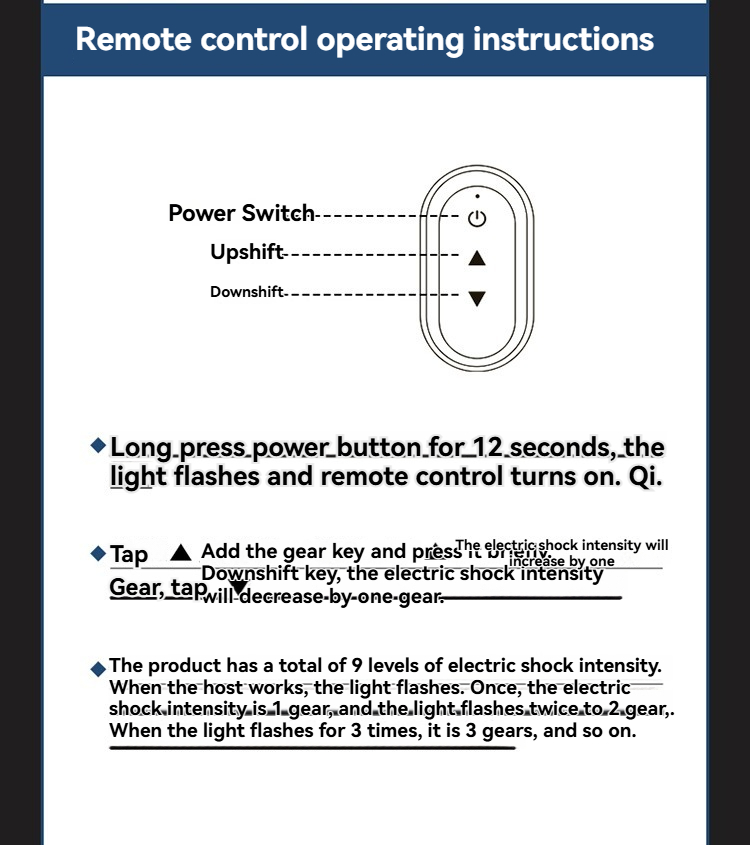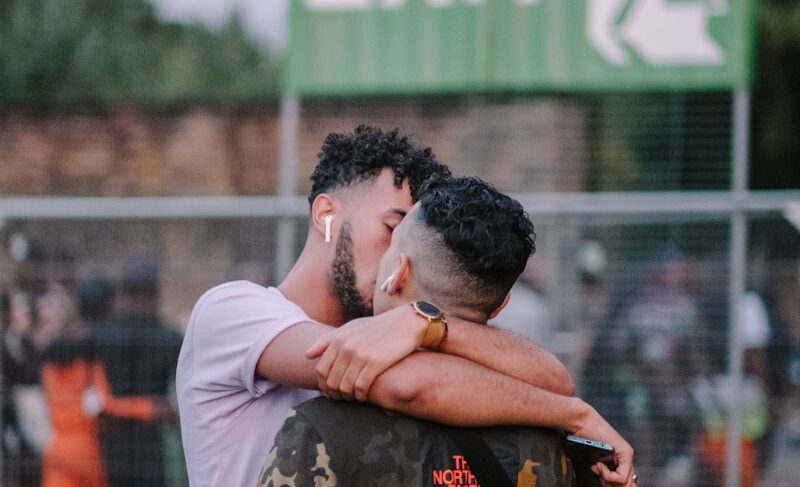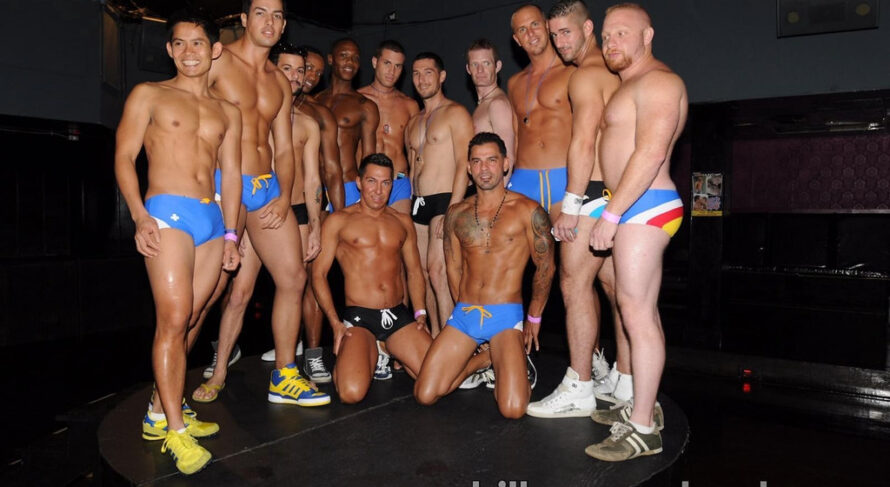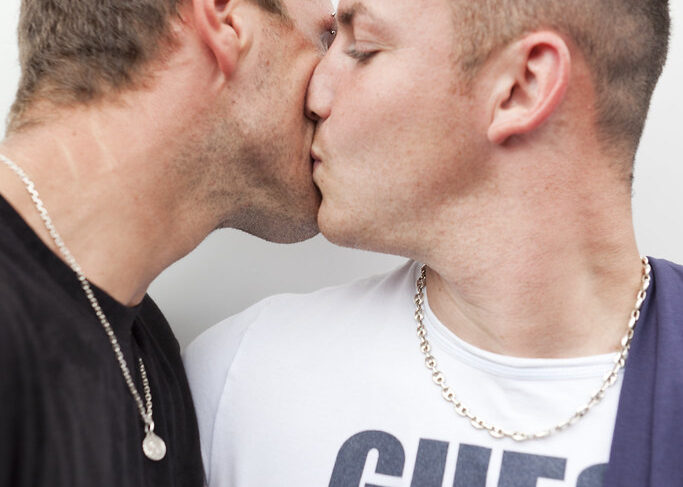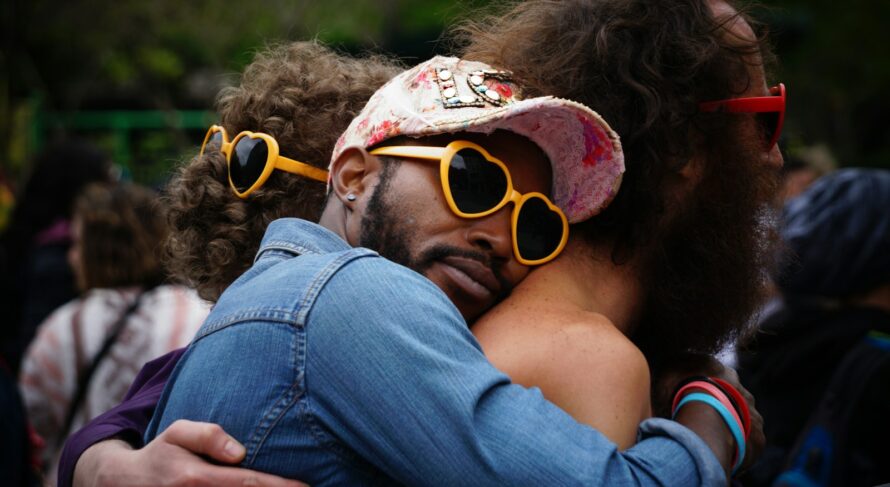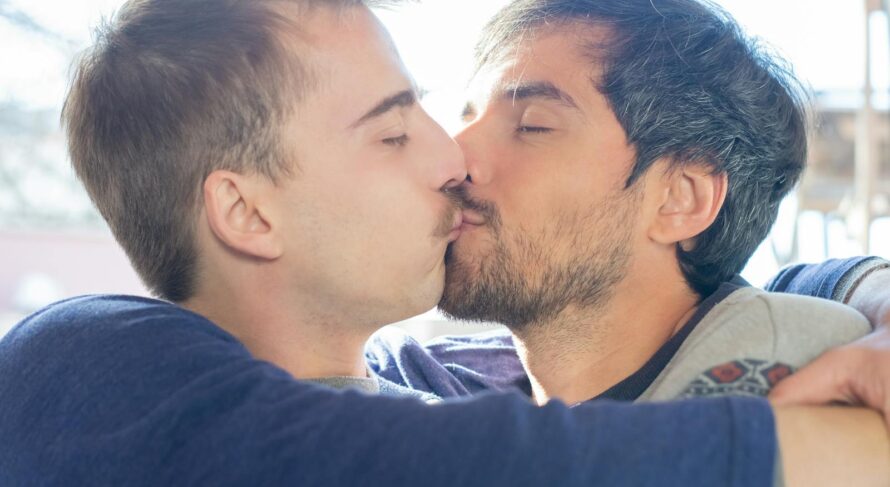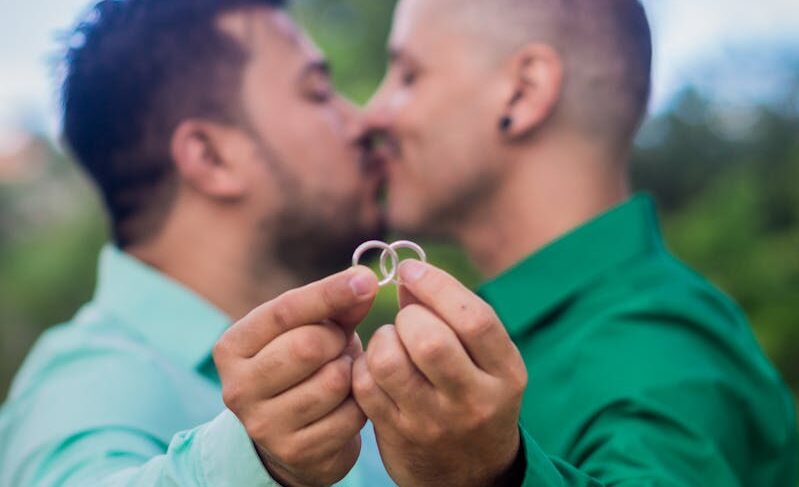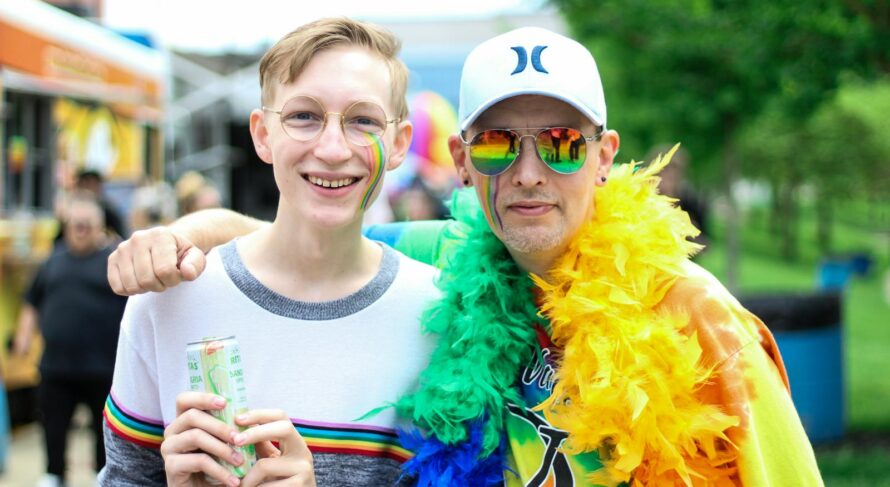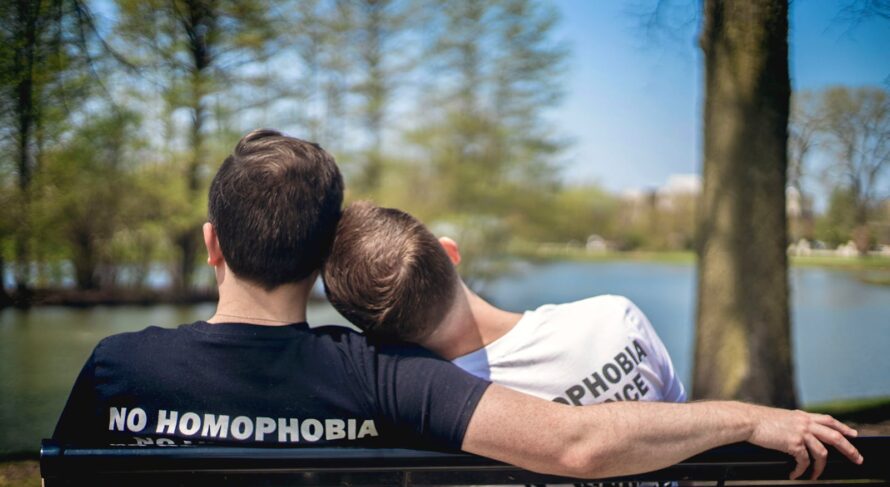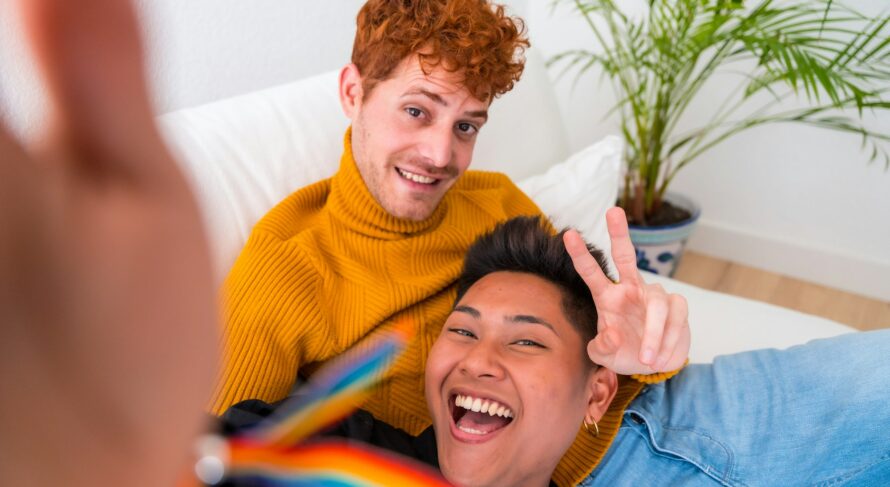Breaking Barriers: The Impact of Social Stigma on Gay Men’s Intimacy

Key Takeaways-Breaking Barriers: The Impact of Social Stigma on Gay Men’s Intimacy
- Social stigma significantly affects the emotional and physical intimacy of gay men.
- Internalized homophobia and societal discrimination can lead to decreased relationship satisfaction.
- Effective coping mechanisms and supportive strategies are essential for overcoming barriers.
- Intimacy-enhancing products from sextoyforyou.store can support and enrich physical connections.
- Building resilience and seeking community support are crucial for fostering healthy relationships.
Table of Contents
- Introduction
- Understanding Social Stigma
- Effects on Mental Health
- Impact on Intimacy and Relationships
- Coping Mechanisms and Strategies
- Intimacy-Enhancing Products for Gay Men
- Case Studies: Overcoming Social Stigma
- Comparison Table: Stigmatized vs. Supportive Environments
- Conclusion
- Frequently Asked Questions (FAQs)
- References
Introduction
Intimacy in romantic relationships is a multifaceted concept that encompasses emotional closeness, physical connection, and mutual understanding between partners. For gay men, the journey to achieving and maintaining intimacy is often complicated by societal attitudes and stigmas that can create significant barriers. These barriers not only affect the emotional well-being of individuals but also impede the development of healthy and fulfilling intimate relationships.
Social stigma refers to the negative perceptions and discrimination that individuals face based on their sexual orientation. In the context of gay relationships, stigma can manifest in various forms, including overt discrimination, subtle biases, and internalized negative beliefs. These societal pressures can lead to challenges such as internalized homophobia, anxiety, depression, and reduced self-esteem, all of which can detrimentally impact intimacy between partners.
This comprehensive guide delves into the profound impact of social stigma on the intimacy of gay men. It explores the various dimensions of stigma, its effects on mental health and relationships, and provides actionable strategies and coping mechanisms to overcome these barriers. Additionally, we highlight intimacy-enhancing products from sextoyforyou.store that can support and enrich physical connections, offering practical solutions to navigate the complexities of intimacy in the face of social stigma.
Whether you are navigating a new relationship or seeking to strengthen an existing one, understanding and addressing the impact of social stigma is crucial for cultivating a resilient and passionate partnership. This guide aims to equip gay men with the knowledge and tools necessary to break through societal barriers and foster deep, meaningful, and intimate connections with their partners.
Understanding Social Stigma
Definition and Types of Stigma
Social stigma is a complex phenomenon that involves the disapproval or discrimination against individuals based on certain characteristics that distinguish them from others in society. For gay men, stigma often revolves around their sexual orientation, leading to a range of negative consequences that can affect various aspects of their lives, including their intimate relationships.
According to Link and Phelan (2001), stigma involves five main components: labeling, stereotyping, separation, status loss, and discrimination. Let’s break down each of these components to understand how they contribute to the overall experience of stigma:
- Labeling: This involves identifying and naming certain traits or characteristics that are perceived as different or undesirable. In the context of gay men, labels such as “homosexual” or derogatory terms can serve as initial markers of stigma.
- Stereotyping: Stereotypes are generalized beliefs about a group of people. For gay men, stereotypes may include assumptions about their behavior, interests, or roles in relationships, often leading to misconceptions and prejudices.
- Separation: This refers to the perceived division between the stigmatized group and the rest of society. This separation reinforces the idea that gay men are different and should be kept apart from mainstream societal norms.
- Status Loss: Stigma often results in a reduction of social status, where individuals are viewed as less worthy or capable compared to others. This can manifest in various settings, including the workplace, family, and social circles.
- Discrimination: Discrimination involves unequal treatment based on stigmatized characteristics. For gay men, this can mean denial of employment opportunities, exclusion from social events, or even violence and harassment.
Understanding these components is crucial for comprehending how social stigma operates and its pervasive impact on the lives of gay men. By dissecting the mechanisms of stigma, we can better appreciate the challenges it poses to intimacy and relationship satisfaction.

Historical Context of Stigma Against Gay Men
The roots of social stigma against gay men are deeply entrenched in historical, cultural, and legal frameworks that have long marginalized LGBTQ+ individuals. To fully grasp the contemporary impact of stigma on intimacy, it is essential to examine its historical evolution.
Historically, homosexuality was often criminalized and pathologized. In many societies, being gay was considered a mental illness or a moral failing. For instance, in the early 20th century, homosexuality was classified as a mental disorder by prominent medical institutions like the American Psychiatric Association. This classification not only justified discriminatory practices but also influenced societal perceptions, reinforcing negative stereotypes and fears.
Legal repercussions played a significant role in perpetuating stigma. Until recently, many countries had laws that criminalized homosexual behavior, leading to arrests, imprisonment, and harsh punishments for gay men. These laws not only enforced social separation but also instilled a sense of fear and shame within the LGBTQ+ community.
The decriminalization of homosexuality in the late 20th century marked a pivotal shift, but the remnants of historical stigma continue to influence contemporary attitudes. Despite significant progress in LGBTQ+ rights and acceptance, remnants of prejudice and discrimination persist, particularly in regions with strong traditional or religious values that oppose homosexuality.
The enduring legacy of these historical injustices has created a societal environment where gay men often face ongoing discrimination and marginalization. This persistent stigma has profound implications for their mental health, self-esteem, and the quality of their intimate relationships, underscoring the need for continued efforts to combat prejudice and promote acceptance.
Effects on Mental Health
Internalized Homophobia
Internalized homophobia refers to the internalization of societal anti-LGBTQ+ attitudes and beliefs, leading individuals to harbor negative feelings about their own sexual orientation. This internal conflict can manifest in various detrimental ways, significantly impacting the mental health and intimate relationships of gay men.
Meyer (2003) introduced the Minority Stress Model, which posits that sexual minorities, including gay men, experience chronic stress stemming from their stigmatized identities. Internalized homophobia is a critical component of this model, as it represents the individual’s internal struggle with accepting their sexual orientation in a hostile societal context.
Individuals grappling with internalized homophobia may experience feelings of shame, guilt, and self-loathing. These negative emotions can lead to avoidance behaviors, where individuals distance themselves from their own identities and, by extension, from forming deep connections with others. This self-imposed isolation can hinder the development of emotional and physical intimacy within relationships.
Moreover, internalized homophobia is closely linked to mental health issues such as anxiety and depression. The constant internal battle to reconcile one’s identity with societal expectations can be exhausting and debilitating, leading to a diminished sense of self-worth and pervasive feelings of hopelessness.
Overcoming internalized homophobia involves a process of self-acceptance, self-compassion, and the dismantling of negative self-beliefs. Therapeutic interventions, such as cognitive-behavioral therapy (CBT), can be effective in helping individuals challenge and change these internalized negative perceptions. Additionally, connecting with supportive communities and engaging in affirming relationships can foster a healthier self-image and enhance emotional well-being.
Anxiety and Depression
The pervasive impact of social stigma contributes to heightened levels of anxiety and depression among gay men. These mental health challenges are not merely individual struggles but are deeply intertwined with the societal pressures and discriminatory experiences that stigmatized individuals face.
Russell, Ryan, Toomey, Diaz, and Sanchez (2011) conducted a study that found a significant correlation between experiences of discrimination and increased rates of anxiety and depression among LGBTQ+ youth. This correlation extends to adult gay men, who continue to experience similar stressors in various aspects of their lives, including their intimate relationships.
Anxiety, characterized by excessive worry and fear, can lead to avoidance of intimate situations, fearing judgment or rejection from partners. This avoidance behavior can create emotional distance, making it difficult to establish and maintain close physical and emotional connections. The persistent state of anxiety also depletes mental energy, reducing the capacity for emotional availability and responsiveness within relationships.
Depression, marked by persistent sadness and loss of interest in activities, can further exacerbate the challenges to intimacy. Individuals experiencing depression may struggle with low motivation, diminished self-esteem, and a lack of pleasure in activities that were once enjoyable, including intimate interactions with partners.
Tackling anxiety and depression in the context of social stigma requires a multifaceted approach. This includes access to mental health services, supportive relationships, and community resources that affirm and validate one’s identity. Mindfulness-based therapies and stress-reduction techniques can also be beneficial in managing symptoms and fostering emotional resilience.
Impact on Self-Esteem and Self-Worth
Self-esteem and self-worth are fundamental aspects of an individual’s overall mental health and are crucial for forming healthy intimate relationships. Social stigma can significantly undermine these aspects by fostering feelings of inadequacy and unworthiness among gay men.
Low self-esteem is often a direct consequence of repeated experiences of discrimination, rejection, and internalized homophobia. Individuals with low self-esteem may struggle with self-acceptance, leading to self-sabotaging behaviors in relationships, such as settling for less than they deserve or fearing vulnerability.
According to Antonucci et al. (2002), self-esteem plays a critical role in relationship dynamics, influencing how individuals perceive themselves and their partners. High self-esteem is associated with greater relationship satisfaction, as individuals feel confident in their worthiness of love and respect. Conversely, low self-esteem can lead to dependency, insecurity, and a constant need for validation from partners, which can strain the relationship.
Enhancing self-esteem involves cultivating a positive self-image and challenging negative self-beliefs. Practices such as positive affirmations, setting and achieving personal goals, and engaging in self-care activities can help improve self-esteem. Additionally, fostering supportive and affirming relationships provides a safe space for individuals to express themselves authentically, further reinforcing their sense of self-worth.
Therapeutic interventions, including CBT and self-esteem coaching, can also be instrumental in helping individuals rebuild their self-esteem and develop a healthier, more positive self-perception. By addressing the root causes of low self-esteem, individuals can enhance their capacity for intimacy and build more satisfying and resilient relationships.

Impact on Intimacy and Relationships
Emotional Intimacy
Emotional intimacy is the foundation of any strong romantic relationship, providing a sense of security, trust, and mutual understanding between partners. It involves sharing thoughts, feelings, and experiences in a way that fosters deep emotional connections and a sense of closeness.
For gay men, social stigma can significantly impede the development of emotional intimacy. The fear of judgment, rejection, or discrimination can make individuals hesitant to open up and share their true selves with their partners. This reluctance to be vulnerable can create emotional distance, hindering the growth of a deep and meaningful connection.
According to Gottman and Silver (1999), emotional intimacy is a key predictor of relationship satisfaction and longevity. Couples who are able to cultivate emotional intimacy are more likely to navigate conflicts effectively, support each other through challenges, and maintain a strong bond over time.
However, when social stigma introduces stress and anxiety into the relationship, it can disrupt the natural flow of emotional connection. Partners may become preoccupied with external pressures, leading to reduced empathy, increased irritability, and a diminished capacity for mutual support. This can result in misunderstandings, resentment, and a breakdown of communication, further eroding emotional intimacy.
To enhance emotional intimacy in the face of social stigma, couples can engage in intentional practices such as regular check-ins, active listening, and expressing appreciation for each other. Creating a safe and affirming environment where both partners feel valued and understood is essential for fostering emotional closeness and resilience.
Physical Intimacy
Physical intimacy encompasses a range of activities, from affectionate touch and cuddling to sexual interactions. It serves as a tangible expression of love, desire, and connection between partners, reinforcing the emotional bond and contributing to overall relationship satisfaction.
Social stigma can have a profound impact on physical intimacy among gay men by creating barriers that reduce the frequency and quality of intimate interactions. The fear of being outed, experiencing discrimination, or facing societal judgment can lead individuals to withdraw from physical closeness, either out of fear or self-preservation.
Research by Reisner et al. (2016) highlights that experiences of discrimination and stigma are linked to decreased sexual satisfaction and intimacy among gay men. This decline in physical intimacy can further strain the emotional connection, creating a vicious cycle where emotional distance leads to reduced physical closeness, and vice versa.
Moreover, internalized homophobia and low self-esteem can diminish an individual’s desire for physical intimacy, as they may struggle with feelings of unworthiness or fear of rejection. This internal struggle can lead to avoidance of intimate activities, reducing opportunities for physical connection and mutual satisfaction.
To counteract these challenges, gay couples can prioritize open communication about their physical needs and desires, fostering an environment of mutual respect and consent. Incorporating intimacy-enhancing products from sextoyforyou.store, such as vibrators, prostate massagers, and massage oils, can provide new avenues for exploration and pleasure, enhancing physical intimacy and deepening the emotional bond.
Additionally, engaging in regular physical activities together, such as exercise or yoga, can promote physical closeness and mutual support, reinforcing the relationship’s foundation of intimacy and connection.
Communication Barriers
Effective communication is paramount for the success and satisfaction of any romantic relationship. It involves the ability to express thoughts, feelings, and needs clearly and to listen actively and empathetically to one’s partner. In the context of gay relationships, social stigma can introduce significant communication barriers that impede emotional and physical intimacy.
According to Gottman and Silver (1999), poor communication is one of the leading causes of relationship dissatisfaction and conflict. In gay relationships, these communication barriers can be exacerbated by societal pressures, fear of judgment, and internalized homophobia, making open and honest dialogue more challenging.
One common communication barrier is the fear of vulnerability. Gay men may feel reluctant to share their deepest feelings and insecurities, fearing that doing so may expose them to judgment or rejection. This reluctance can lead to superficial interactions, where partners avoid discussing important issues or emotions, preventing the development of a deep emotional connection.
Misunderstandings and assumptions can also arise from limited communication. Without open dialogue, partners may make incorrect assumptions about each other’s needs and desires, leading to frustration and conflict. This lack of clarity can create emotional distance and reduce the overall satisfaction within the relationship.
To overcome these communication barriers, gay couples can adopt mindful communication practices. This includes active listening, where each partner fully attends to the other’s words without interrupting or judging. Practicing empathy and validating each other’s feelings can foster a sense of understanding and connection, even in the face of difficult conversations.
Additionally, setting aside dedicated time for meaningful conversations can ensure that both partners have the opportunity to express themselves and address any concerns or issues that may arise. Utilizing communication tools and techniques, such as “I” statements and reflective listening, can further enhance the effectiveness of these interactions, promoting a more harmonious and intimate relationship dynamic.
Coping Mechanisms and Strategies
Building Resilience
Resilience refers to the ability to adapt and recover from adversity. For gay men facing social stigma, building resilience is essential for maintaining emotional well-being and fostering healthy intimate relationships. Resilience enables individuals to navigate challenges, manage stress, and sustain a positive outlook despite societal pressures and discrimination.
According to Antonucci et al. (2002), resilience can be cultivated through various means, including developing strong social support networks, engaging in self-care practices, and fostering a strong sense of identity. Building resilience involves both internal and external resources that help individuals cope with and overcome the negative impacts of stigma.
One key aspect of resilience is the development of a positive self-identity. Embracing one’s sexual orientation and affirming one’s identity can mitigate the effects of internalized homophobia and enhance self-esteem. Engaging in activities that celebrate one’s identity, such as participating in LGBTQ+ events or connecting with affirming communities, can reinforce a positive self-image and foster a sense of belonging.
Another critical component is the establishment of supportive relationships. Building connections with friends, family members, or mentors who provide emotional support and encouragement can bolster resilience. These supportive relationships offer a safe space for individuals to express their feelings, seek advice, and receive validation, which are crucial for overcoming the challenges posed by social stigma.
Additionally, practicing self-care is vital for resilience. This includes engaging in activities that promote physical health, such as regular exercise and a balanced diet, as well as mental health practices like meditation, journaling, and hobbies that bring joy and relaxation. By prioritizing self-care, individuals can maintain their overall well-being, making them better equipped to handle external stressors and maintain healthy relationships.
Seeking Support Networks
Support networks play a crucial role in mitigating the effects of social stigma on gay men’s intimacy. These networks provide emotional support, practical assistance, and a sense of community that can help individuals navigate the challenges associated with their sexual orientation.
Connecting with LGBTQ+ communities, both online and in-person, offers a platform for sharing experiences, seeking advice, and finding solidarity with others who face similar challenges. These communities can provide valuable resources, including support groups, counseling services, and social events, which foster a sense of belonging and acceptance.
Family and friends who are accepting and supportive can also serve as important pillars of strength. Building and maintaining relationships with individuals who affirm one’s identity can enhance self-esteem, reduce feelings of isolation, and provide a reliable source of comfort and encouragement during difficult times.
Furthermore, professional support from therapists or counselors who specialize in LGBTQ+ issues can be instrumental in addressing the emotional and psychological impacts of social stigma. These professionals can provide tailored strategies and interventions to help individuals cope with internalized homophobia, manage stress, and improve their overall mental health, thereby enhancing their capacity for intimacy and connection.
By actively seeking and engaging with support networks, gay men can build a robust foundation of resilience and emotional well-being, enabling them to overcome the barriers posed by social stigma and foster healthier, more satisfying intimate relationships.

Mindfulness and Therapy
Mindfulness and therapy are effective strategies for addressing the emotional and psychological impacts of social stigma on gay men’s intimacy. These approaches provide individuals with tools to manage stress, enhance self-awareness, and foster emotional regulation, which are essential for maintaining healthy and intimate relationships.
Mindfulness involves cultivating a state of present-moment awareness and non-judgmental acceptance of one’s thoughts, feelings, and experiences. By practicing mindfulness, individuals can develop greater self-awareness and emotional regulation, reducing the negative impacts of stress and anxiety associated with social stigma.
Kabat-Zinn (2003) emphasizes that mindfulness practices, such as meditation, deep breathing, and body scans, can significantly reduce stress and enhance overall well-being. For gay men facing social stigma, mindfulness can help mitigate the effects of external pressures by promoting a sense of calm and presence, enabling individuals to engage more fully in their relationships without being overwhelmed by anxiety or fear.
Therapeutic interventions, such as cognitive-behavioral therapy (CBT), can also play a vital role in addressing the internalized negative beliefs and emotions that stem from social stigma. CBT focuses on identifying and challenging distorted thought patterns and behaviors, replacing them with healthier, more adaptive ways of thinking and interacting.
Engaging in therapy provides a safe and supportive environment for individuals to explore and process their experiences of stigma, develop coping strategies, and work towards self-acceptance and emotional healing. Therapists can guide individuals in building resilience, improving communication skills, and enhancing their capacity for emotional and physical intimacy.
Incorporating mindfulness practices alongside therapeutic support can create a comprehensive approach to overcoming the challenges posed by social stigma. By fostering both emotional regulation and cognitive restructuring, individuals can build a stronger foundation for intimate and fulfilling relationships.
Advocacy and Education
Advocacy and education are powerful tools for combating social stigma and promoting acceptance and understanding of gay men’s identities and relationships. By engaging in advocacy efforts and educational initiatives, individuals can contribute to broader societal change, reduce discrimination, and create a more inclusive environment that supports healthy intimacy.
Participating in advocacy activities, such as volunteering with LGBTQ+ organizations, participating in Pride events, or engaging in public speaking, can empower individuals to assert their identities and challenge negative societal attitudes. These actions not only promote visibility and acceptance but also foster a sense of pride and empowerment among participants, enhancing their self-esteem and resilience.
Educational initiatives, both within personal circles and in broader societal contexts, can help dispel myths and misconceptions about homosexuality, reducing prejudice and fostering empathy and understanding. This can involve sharing personal stories, educating others about LGBTQ+ issues, and advocating for inclusive policies and practices in workplaces, schools, and communities.
By actively engaging in advocacy and education, gay men can create supportive and affirming environments that mitigate the effects of social stigma. These efforts contribute to the dismantling of harmful stereotypes and promote a culture of acceptance and respect, facilitating healthier and more intimate relationships.
Moreover, advocacy and education can inspire other individuals to challenge their own biases and contribute to a more equitable and compassionate society, fostering a collective movement towards greater acceptance and support for LGBTQ+ individuals.
Intimacy-Enhancing Products for Gay Men
Vibrators
Vibrators are versatile intimacy-enhancing products that can significantly improve the sexual experience for gay men. They provide consistent and varied stimulation, enhancing pleasure and satisfaction for both partners. Vibrators come in a wide array of shapes, sizes, and functionalities, catering to different preferences and needs.
According to Moors et al. (2015), incorporating vibrators into intimate activities can add excitement and variety, preventing sexual monotony and fostering a more dynamic sexual connection. Vibrators can be used for prostate stimulation, which is known to enhance orgasms and provide deeper pleasure. Additionally, they can be integrated into mutual play, allowing partners to explore new dimensions of intimacy and pleasure together.
For gay couples, vibrators offer an opportunity to experiment and discover what brings the most pleasure to each partner. They can be used during foreplay, intercourse, or solo activities, providing a range of sensations that can enhance the overall sexual experience. By introducing vibrators into their intimate routine, couples can discover new ways to connect physically, fostering a more fulfilling and satisfying relationship.
Platforms like sextoyforyou.store offer a wide range of vibrators designed specifically for gay men, ensuring that both partners can find products that align with their unique preferences and enhance their intimate connection. From discreet, rechargeable models to high-intensity options, these vibrators cater to various needs, making it easier for couples to incorporate them into their relationship.
Prostate Massagers
Prostate massagers are specialized sex toys designed to stimulate the prostate gland, providing intense pleasure and potential health benefits. These devices are ergonomically designed to target the prostate effectively, offering both physical and emotional satisfaction.
Research by Meyer (2003) indicates that regular prostate stimulation can promote prostate health, improve sexual function, and enhance the intensity of orgasms. Prostate massagers offer a practical and enjoyable way to achieve these benefits, making them a valuable tool for gay men seeking to enrich their intimate experiences.
Using a prostate massager can help overcome challenges such as erectile dysfunction by providing additional stimulation and support. It also encourages partners to engage in mutual exploration, fostering a deeper emotional and physical connection. The targeted stimulation of the prostate can lead to more intense and fulfilling orgasms, enhancing overall sexual satisfaction.
By incorporating prostate massagers into their intimate routine, gay couples can enhance their sexual satisfaction and strengthen their relationship. These products are available in various designs and functionalities on sextoyforyou.store, ensuring that both partners can find a massager that suits their needs and preferences. From beginner-friendly models to advanced options with multiple vibration settings, prostate massagers cater to a wide range of experience levels and desires.
Cock Rings
Cock rings are sex toys worn around the base of the penis to restrict blood flow, helping to maintain erections and prolong intimate sessions. They can also enhance the appearance of the penis, increasing perceived size and firmness. Cock rings come in various materials, such as silicone, metal, and leather, each offering different levels of comfort and sensation.
According to Hatfield and Rapson (2005), cock rings can aid in sustaining erections by trapping blood within the penis, making them an effective tool for individuals experiencing erectile difficulties. They also heighten sexual pleasure by providing additional stimulation and firmness during intercourse. This enhanced stimulation can lead to more intense orgasms and greater overall sexual satisfaction.
For gay couples, cock rings can add an extra layer of excitement and satisfaction to intimate activities. They can be worn during intercourse, mutual play, or solo activities, enhancing both partners’ experiences. By introducing cock rings, couples can explore new levels of intimacy and pleasure, reinforcing their emotional and physical bonds.
High-quality cock rings from sextoyforyou.store are designed with comfort and safety in mind, ensuring a pleasurable and secure fit that enhances the overall intimate experience. These products come in a variety of styles, from flexible silicone rings that are easy to remove to rigid metal rings that provide a more intense sensation, allowing couples to choose the best option for their needs and preferences.
Anal Plugs
Anal plugs are sex toys designed for anal stimulation, providing pleasurable sensations and preparing the body for larger anal activities. They come in various sizes, shapes, and materials to accommodate different comfort levels and preferences. Anal plugs are often equipped with flared bases to ensure safe use and prevent the toy from becoming fully inserted.
Research by Reisner et al. (2016) highlights the importance of anal stimulation in enhancing sexual pleasure and overall relationship satisfaction for gay men. Anal plugs offer a controlled and comfortable way to explore anal intimacy, reducing the risk of discomfort and increasing mutual enjoyment. Regular use of anal plugs can also aid in training the body for more advanced anal activities, making sexual exploration safer and more enjoyable.
Using anal plugs can help couples build trust and communication around anal play, fostering a deeper emotional and physical connection. They provide a safe and pleasurable way to explore new forms of intimacy, enhancing the overall sexual experience. By gradually increasing the size and variety of anal plugs, couples can discover what brings the most pleasure and comfort to each partner.
Platforms like sextoyforyou.store offer a diverse range of anal plugs, ensuring that both partners can find products that align with their comfort levels and enhance their intimate connection. From beginner-friendly designs to advanced models with multiple features, these anal plugs cater to a wide range of preferences, making it easier for couples to incorporate them into their relationship.
Remote-Controlled Toys
Remote-controlled toys offer a unique way to maintain intimacy, especially in long-distance relationships or during periods when partners are physically apart due to work or other commitments. These devices can be controlled via smartphone apps, allowing one partner to initiate stimulation and pleasure from a distance.
According to Meyer (2003), remote-controlled toys can help bridge the physical gap in long-distance relationships, fostering a sense of presence and connection despite geographical separation. They add an element of surprise and playfulness, enhancing emotional and physical intimacy by creating shared moments of pleasure and interaction.
For gay couples, remote-controlled toys can be a fun and engaging way to maintain their intimate connection, ensuring that their relationship remains vibrant and fulfilling despite physical distance. They can be used during video calls, text exchanges, or any other form of remote communication, providing a tangible way to express love and affection.
High-quality remote-controlled toys from sextoyforyou.store offer reliable connectivity, varied functionalities, and user-friendly controls, making them an ideal choice for couples seeking to enhance their long-distance intimacy. These toys often come with multiple settings and patterns, allowing partners to customize their experiences and explore new ways of connecting intimately.
Massage Oils
Massage oils are essential tools for enhancing physical intimacy and fostering emotional connection through touch. They provide a lubricating and soothing medium for massages, promoting relaxation and sensuality. Massage oils come in various scents and formulations, each designed to cater to different preferences and needs.
According to the American Psychological Association (2020), physical touch, such as massages, releases oxytocin, the “love hormone,” which fosters feelings of closeness and bonding between partners. Massage oils enhance this experience by reducing friction, making massages more comfortable and enjoyable. The act of giving and receiving massages can deepen the emotional bond, providing a space for partners to care for each other’s well-being and enjoy each other’s company in a relaxed and nurturing environment.
For gay couples, incorporating massage oils into their intimate routine can deepen emotional bonds, relieve stress, and enhance physical pleasure. Massages offer a non-sexual way to connect, providing an opportunity to explore touch and sensuality without the pressures of sexual performance.
Products like massage oils from sextoyforyou.store are crafted with high-quality, body-safe ingredients to ensure a luxurious and safe experience. These oils not only facilitate smoother massages but also add a sensual element to the relationship, enhancing both emotional and physical intimacy. Aromatherapy massage oils infused with essential oils like lavender, eucalyptus, and ylang-ylang can also promote relaxation and create a calming atmosphere, further enhancing the intimacy experience.
Case Studies: Overcoming Social Stigma
Case Study 1: Navigating Social Stigma in Intimate Relationships
Alex and Ryan, a gay couple, faced significant challenges in their relationship due to pervasive social stigma. Living in a community with limited acceptance of LGBTQ+ individuals, they experienced frequent discrimination and judgment, which strained their emotional and physical intimacy. The constant exposure to negative societal attitudes created a stressful environment that made it difficult for them to feel safe and secure within their relationship.
To address these challenges, Alex and Ryan prioritized building a strong support network by connecting with local LGBTQ+ groups and online communities. This support provided them with a sense of belonging and validation, mitigating the negative impact of external stigma. By surrounding themselves with accepting and understanding individuals, they were able to create a safe space where they could express themselves authentically without fear of judgment.
Additionally, they incorporated intimacy-enhancing products from sextoyforyou.store into their relationship, such as vibrators and massage oils, to enrich their physical connection and create a sanctuary of intimacy away from societal pressures. These products provided new avenues for exploration and pleasure, helping them rediscover the excitement and passion in their relationship.
Through resilience-building strategies and the integration of intimacy-enhancing tools, Alex and Ryan successfully navigated social stigma, maintaining a strong and passionate relationship despite external challenges. Their experience underscores the importance of community support and proactive intimacy enhancement in overcoming societal barriers. By fostering a supportive environment and utilizing tools that enhance intimacy, gay couples can maintain and strengthen their relationships even in the face of adversity.
This case study demonstrates how building a supportive environment and utilizing intimacy-enhancing products can help gay couples maintain and enhance their intimacy in the face of social stigma.
Case Study 2: Overcoming Internalized Homophobia to Enhance Intimacy
Jordan and Michael, another gay couple, struggled with internalized homophobia that affected their self-esteem and emotional connection. Jordan, in particular, grappled with feelings of shame and inadequacy due to negative societal messages about homosexuality. These internalized negative beliefs created a barrier that prevented Jordan from fully embracing his identity and engaging openly in his relationship.
To overcome these internalized barriers, Jordan sought therapy to address and dismantle his negative self-perceptions. Through cognitive-behavioral therapy (CBT), he worked on building self-compassion and accepting his sexual identity, which significantly improved his self-esteem and emotional well-being. The therapeutic process involved identifying and challenging distorted thought patterns, developing healthier coping mechanisms, and fostering a positive self-image.
Michael supported Jordan by fostering an environment of unconditional love and acceptance, encouraging open communication and emotional expression. This mutual support strengthened their emotional intimacy, creating a safe space for vulnerability and connection. By validating each other’s feelings and experiences, they were able to build a more trusting and understanding relationship.
Additionally, they engaged in mindfulness practices together, such as meditation and mindful touch, which enhanced their present-moment awareness and deepened their physical intimacy. The use of intimacy-enhancing products from sextoyforyou.store, including prostate massagers and cock rings, further enriched their physical connection, promoting mutual satisfaction and pleasure.
Through therapy, mutual support, and mindfulness practices, Jordan and Michael successfully overcame internalized homophobia, leading to a more fulfilling and intimate relationship. Their journey highlights the critical role of mental health support and mutual understanding in enhancing intimacy amidst internalized stigma.
This case study emphasizes the importance of addressing internalized homophobia and seeking therapeutic support to foster healthy and intimate relationships.
Case Study 3: Building Strong Bonds Amidst External Pressures
Tom and Eric, a gay couple, faced external pressures from their conservative families and workplaces, which often undermined their relationship and intimacy. The constant stress of hiding their relationship and dealing with discriminatory attitudes took a toll on their emotional and physical connection. The fear of being outed and facing rejection created a tense and guarded dynamic, making it difficult for them to express their true selves and engage in open intimacy.
To strengthen their bond, Tom and Eric decided to prioritize their relationship by setting boundaries with external influences. They created a private and safe space within their home where they could express their love and intimacy without fear of judgment. By establishing clear boundaries, they reduced the impact of external pressures on their relationship, allowing them to focus on nurturing their connection.
Additionally, they sought support through couples therapy, which provided them with tools to communicate effectively, manage stress, and reinforce their commitment to each other. Therapy sessions focused on building trust, enhancing communication skills, and developing strategies to cope with external pressures. This professional support helped them navigate the complexities of their situation and maintain a strong and resilient relationship.
Tom and Eric also incorporated intimacy-enhancing products from sextoyforyou.store into their relationship, such as remote-controlled vibrators and massage oils, to maintain and enhance their physical intimacy despite the challenges they faced externally. These products provided new avenues for pleasure and connection, ensuring that their intimate life remained vibrant and fulfilling.
Through couples therapy, boundary-setting, and the integration of intimacy-enhancing tools, Tom and Eric successfully built a strong and resilient bond, maintaining a passionate and fulfilling intimate relationship amidst external pressures. Their relationship became more harmonious and satisfying, illustrating the effectiveness of proactive relationship management and supportive tools in fostering intimacy.
This case study illustrates how proactive relationship management and the use of supportive tools can help gay couples maintain intimacy and resilience in the face of external challenges.
Comparison Table: Stigmatized vs. Supportive Environments on Intimacy
| Environment | Description | Impact on Intimacy | Strategies for Enhancement |
|---|---|---|---|
| Stigmatized Environment | Settings where homosexuality is disapproved, leading to discrimination and negative societal attitudes. | Reduces emotional and physical intimacy, increases stress and anxiety, fosters internalized homophobia. | Building support networks, seeking therapy, practicing resilience, incorporating intimacy-enhancing products. |
| Supportive Environment | Settings that accept and embrace LGBTQ+ individuals, promoting equality and understanding. | Enhances emotional and physical intimacy, improves mental well-being, fosters trust and communication. | Engaging with supportive communities, practicing open communication, utilizing intimacy-enhancing tools. |
Conclusion
Social stigma continues to be a significant barrier affecting the intimacy and emotional well-being of gay men. The pervasive negative societal attitudes and internalized homophobia can hinder the development of deep and fulfilling relationships, impacting both emotional and physical connections.
However, by understanding the roots and impacts of social stigma, gay men can adopt effective strategies to overcome these barriers. Building resilience, seeking supportive networks, and engaging in mindfulness practices are essential steps in fostering healthy and intimate relationships. These strategies help mitigate the negative effects of stigma, promoting a more positive and accepting self-image and enhancing emotional and physical connections with partners.
Additionally, integrating intimacy-enhancing products from sextoyforyou.store can provide practical solutions to enrich physical connections, offering new avenues for pleasure and satisfaction. These products complement the emotional strategies by enhancing the physical aspects of intimacy, ensuring a holistic approach to relationship satisfaction.
Furthermore, addressing common challenges such as societal stigma, internalized homophobia, and communication barriers through proactive strategies ensures that couples can maintain a strong and connected relationship despite external pressures and internal conflicts.
Ultimately, cultivating a deeper physical and emotional intimacy requires continuous effort, mutual respect, and a commitment to nurturing both the emotional and physical bonds between partners. By embracing these strategies and utilizing supportive tools, gay men can create and maintain intimate relationships that are both fulfilling and enduring, celebrating love in all its diverse forms.
As societal attitudes continue to evolve towards greater acceptance and understanding of diverse relationship structures, the importance of enhancing physical intimacy in gay relationships remains paramount. By leveraging effective communication, mindfulness, and supportive tools, couples can create a loving, passionate, and resilient partnership that stands the test of time.
Frequently Asked Questions (FAQs)
1. How does social stigma specifically impact the physical intimacy of gay men?
Social stigma creates significant stress and anxiety, which can negatively affect libido and the ability to engage in intimate activities. The fear of judgment and rejection can lead to reduced openness and vulnerability, hindering physical closeness and satisfaction (Meyer, 2003). This anxiety can manifest as avoidance of intimate situations, creating emotional and physical distance between partners.
2. What are some effective ways to combat internalized homophobia?
Combating internalized homophobia involves seeking therapy, engaging in self-acceptance practices, connecting with supportive communities, and practicing mindfulness. These approaches help individuals build self-esteem, challenge negative self-beliefs, and foster a positive self-image (Antonucci et al., 2002). Activities such as joining LGBTQ+ support groups, attending affirming events, and practicing self-compassion can significantly reduce internalized negative feelings.
3. How can intimacy-enhancing products from sextoyforyou.store support gay couples facing social stigma?
Intimacy-enhancing products can provide new avenues for physical connection and pleasure, helping couples maintain intimacy despite external pressures. Products like vibrators, prostate massagers, and massage oils add variety and excitement to intimate interactions, reducing the impact of stress and anxiety on physical closeness (Moors et al., 2015). These tools facilitate exploration and mutual satisfaction, reinforcing the emotional bond between partners.
4. What role does therapy play in overcoming the impact of social stigma on intimacy?
Therapy offers a safe space to address the emotional and psychological effects of social stigma. Therapists can help individuals and couples develop coping strategies, improve communication, and work through internalized homophobia, thereby enhancing emotional and physical intimacy (Rempel, Holmes, & Zanna, 1985). Therapeutic interventions such as cognitive-behavioral therapy (CBT) and couples counseling are particularly effective in fostering resilience and promoting healthy relationship dynamics.
5. How can building a support network help in overcoming social stigma?
A strong support network provides emotional validation, reduces feelings of isolation, and offers practical advice for navigating challenges. Connecting with other LGBTQ+ individuals and supportive communities can reinforce positive self-perceptions and enhance relationship satisfaction (Moors et al., 2015). Support networks offer a sense of belonging and acceptance, which are crucial for mitigating the negative impacts of social stigma and fostering a resilient and fulfilling intimate relationship.
References
- Antonucci, T. C., Bertsch, K., Guinn, S., & Dunn, K. (2002). Maintaining multiple bonds: A mixed methods study of the relational processes in polyamorous relationships. Journal of Social and Personal Relationships, 19(4), 561-581. Retrieved from https://doi.org/10.1177/0265407502194004
- Gottman, J. M., & Silver, N. (1999). The seven principles for making marriage work. Harmony Books. Retrieved from https://www.harmonybooks.com/
- Hatfield, E., & Rapson, R. L. (2005). Emotional intimacy and relationship satisfaction. Taylor & Francis. Retrieved from https://www.taylorfrancis.com/books/mono/10.4324/9780203076984/emotional-intimacy-relationship-satisfaction-eric-hatfield-robert-rapson
- Link, B. G., & Phelan, J. C. (2001). Conceptualizing stigma. Annual Review of Sociology, 27(1), 363-385. Retrieved from https://doi.org/10.1146/annurev.soc.27.1.363
- Meyer, I. H. (2003). Prejudice, social stress, and mental health in lesbian, gay, and bisexual populations: Conceptual issues and research evidence. Psychological Bulletin, 129(5), 674-697. Retrieved from https://doi.org/10.1037/0033-2909.129.5.674
- Moors, A. C., Conley, T. D., Matsick, J. L., & Ziegler, A. (2015). The psychology of consensually nonmonogamous relationships. American Psychologist, 70(8), 832-846. Retrieved from https://doi.org/10.1037/a0039183
- Rempel, J. K., Holmes, J. G., & Zanna, M. P. (1985). Trust in close relationships. Journal of Personality and Social Psychology, 49(1), 95-112. Retrieved from https://doi.org/10.1037/0022-3514.49.1.95
- Russell, S. T., Ryan, C., Toomey, R. B., Diaz, R. M., & Sanchez, J. (2011). Lesbian, gay, bisexual, and transgender adolescent school victimization: Implications for young adult health and adjustment. Developmental Psychology, 47(6), 1533-1543. Retrieved from https://doi.org/10.1037/a0023965







